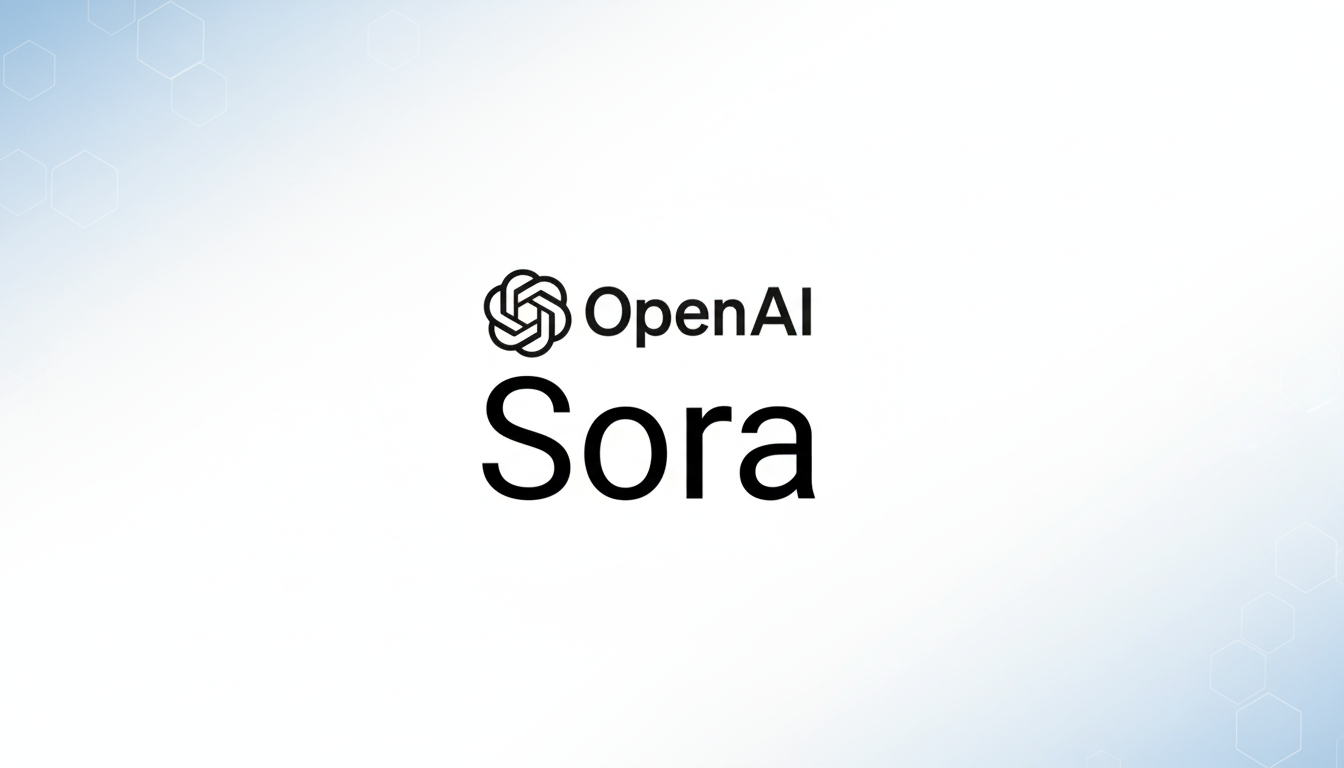OpenAI’s video app Sora is rolling out a slate of updates aimed at making AI video creation more personal, more social, and soon more widely available. The headline feature lets users turn pets and everyday objects into reusable “cameos,” while new social tools and basic editing arrive alongside an Android version that the company says is on the way.
AI Videos Of Your Pets And Everyday Cameos
Sora’s cameo system, which already lets people generate an AI persona from a short reference video, is expanding to include pets and items like a favorite stuffed toy. Record a quick clip of your corgi or a well-loved keychain, and Sora will generate a consistent, animatable stand-in that can be dropped into new scenes and prompts.
- AI Videos Of Your Pets And Everyday Cameos
- Built-In Editing Tools Start With Simple Clip Stitching
- New Social Features and Group Channels for Co-Creation
- Android Version on the Horizon With Pre-Registration
- Tuning Moderation and Performance to Balance Safety
- Adoption Signals And Competitive Context
- What to Watch Next for Sora’s Growth and Engagement

The appeal is obvious: creators can build recurring characters without a studio setup, and families can spin up playful vignettes starring the household cat. By lowering the cost of continuity — the ability to reuse the same character across multiple videos — Sora is edging into territory that once required professional rigging or motion capture.
To help discovery, Sora plans to surface trending cameos in real time within the creation interface. That could catalyze meme cycles around specific pets or objects, similar to how audio clips trend on short-form platforms, but with the twist that the “asset” is a portable AI persona rather than a sound bite.
Built-In Editing Tools Start With Simple Clip Stitching
The app is introducing basic video editing starting with clip stitching, enabling users to assemble multiple shots without leaving Sora. It’s a modest but meaningful step; creators typically bounce between capture, generation, and a separate editor. Consolidating that workflow can speed up iteration and keep more of the creative process inside the app.
OpenAI says more editing features will arrive over time. Expect the roadmap to target high-friction steps like trimming, captioning, and transitions — the bread-and-butter of short-form editing — before graduating to more advanced compositing that plays to Sora’s generative strengths.
New Social Features and Group Channels for Co-Creation
Sora is also reworking its social experience to make collaborative creation easier. The company is testing channels tied to real-world communities such as universities, companies, or clubs, alongside tools for sharing cameos with friends so others can co-create with your characters.
If executed well, channels could give Sora a native distribution layer rather than relying solely on exports to other social networks. That’s a playbook proven by platforms like Discord and Snapchat, where small-group dynamics often drive engagement and retention.

Android Version on the Horizon With Pre-Registration
An Android release is in the queue, with pre-registration live on Google Play but no firm launch date shared. Crossing to Android materially expands Sora’s potential audience, especially in regions where Android dominates device share. The challenge will be delivering consistent generation times and quality across a wide range of hardware.
Tuning Moderation and Performance to Balance Safety
OpenAI acknowledges user frustration with overzealous content filtering and says it is recalibrating moderation while maintaining safety guardrails. Striking the right balance is a moving target for AI video platforms: policy changes can reshape creative norms overnight, and enforcement must keep pace with new generative capabilities.
Industry groups such as the Partnership on AI and research from Stanford HAI have emphasized transparency, provenance, and abuse prevention in generative media. Features like clearer feedback on why a generation is blocked and consistent application of guidelines will likely be as important to creator trust as new editing tools.
Adoption Signals And Competitive Context
Despite invite-only access and availability limited to the U.S. and Canada, third-party estimates from Appfigures peg Sora at roughly 2 million downloads within weeks of launch, with the app holding the No. 1 spot on Apple’s charts in both countries. That momentum suggests pent-up demand for consumer-grade AI video beyond simple filter effects.
By pairing reusable AI cameos with lightweight editing and social discovery, Sora is positioning itself less as a demo of generative models and more as a full-stack creation platform. Competitors in short-form video have leaned on templates, filters, and collaboration; Sora’s differentiator is character persistence and scene controllability powered by its underlying model.
What to Watch Next for Sora’s Growth and Engagement
Two milestones will define the next phase: how quickly Android broadens the user base, and whether channels and trending cameos create durable engagement rather than one-off novelty. If OpenAI can scale moderation without stifling creativity — and keep the creation loop fast on mobile — Sora’s pet-led cameos could become the gateway to a new kind of participatory, AI-native video network.

